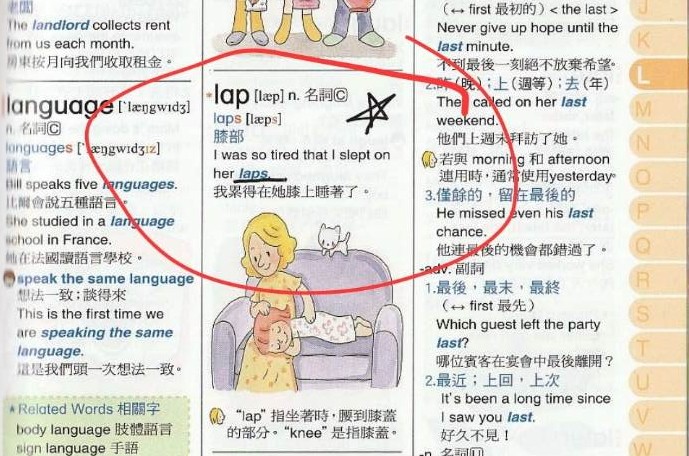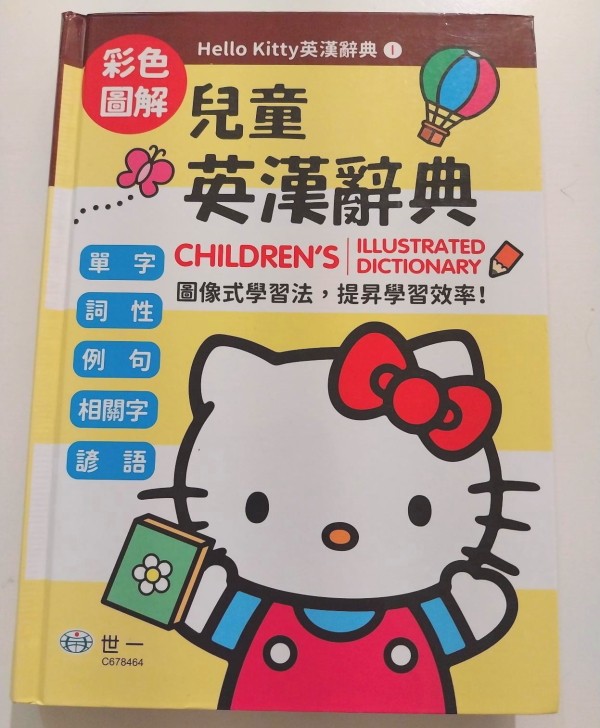
Move over Cervantes – there’s a new knight in town.
The Instituto Cervantes, which promotes Spanish language and culture around the world, has announced that Gabriel García Márquez, the author of 'One Hundred Years of Solitude' and 'Chronicle of a Death Foretold', has overtaken Miguel de Cervantes to become the most translated Spanish-language writer of the century so far.
Not that you should crack out the violins or attack any windmills in his honour, mind you – Cervantes remains the most translated writer in Spanish over the past eight decades, with 'Don Quixote' still standing as one of the best-selling novels of all time, alongside 'The Count of Monte Cristo' by Alexandre Dumas and J. R. R. Tolkien’s 'The Lord of the Rings' trilogy of books.
The news of García Márquez’s new literary dominance comes as the Instituto Cervantes puts together its new Mapa Mundial de la Traducción (World Translation Map), which will be unveiled at the IX Congreso de la Lengua – the ninth National Spanish Language Congress in Cádiz.
The institute’s new tool, created in collaboration with the Spanish government’s directorate for Books and Reading Development and the National Distance Education University’s Digital Humanities Laboratory, uses metadata to get a clear picture of which Spanish-language writers were being most widely translated into different languages and to trace the history of translations in Spanish between 1950 and 2022. By tracking trends in the translation, the World Translation Map highlights the authors who have made the biggest impact on global readership.
According to the data from 2000 to 2021, Gabriel García Márquez, Isabel Allende ('The House of the Spirits'), and Jorge Luis Borges ('The Aleph') are the top three most translated Spanish authors, with Peruvian Mario Vargas Llosa ('The Time of the Hero') following closely behind.
Carlos Ruiz Zafón ('The Shadow of the Wind'), Arturo Pérez-Reverte ('The Club Dumas'), Luis Sepúlveda ('The Old Man Who Read Love Novels'), Roberto Bolaño ('The Savage Detectives'), and Javier Marías ('A Heart So White') complete the list of ten most translated authors.
Getting into the nitty-gritty, the new data shows that García Márquez dominates in Arabic and Portuguese, Allende, Vargas Llosa, and Ruiz Zafón are the most translated authors from Spanish to Swedish, while García Márquez, Pérez-Reverte, and Borges take the top spots for translations into Russian.
Cervantes is only the most translated Spanish author in Chinese, while Franco-Chilean writer and avant-garde filmmaker Alejandro Jodorowsky ('El Topo') tops the French language list.
While Allende is the most translated Spanish author in Italian, English, and German, women are very under-represented on the map.
Its top 10 female authors are: Allende; María Isabel Sánchez Vegara ('Little People, Big Dreams'); Saint Teresa of Ávila ('The Interior Castle'); Laura Esquivel ('Like Water for Chocolate'); Alma Flor Ada ('Where the Flame Trees Bloom'); Anna Llimós Plomer ('Make it with Plants'); Almudena Grandes ('The Ages of Lulu'); Paloma Navarrete ('Other Frontiers, Other Realities'); Sister Juana Inés de la Cruz ('Pawns of a House'), and Zoé Valdés ('Café Nostalgia').
The World Translation Map will be unveiled on Wednesday at the National Spanish Language Congress. The event starts today and lasts until 30 March.












